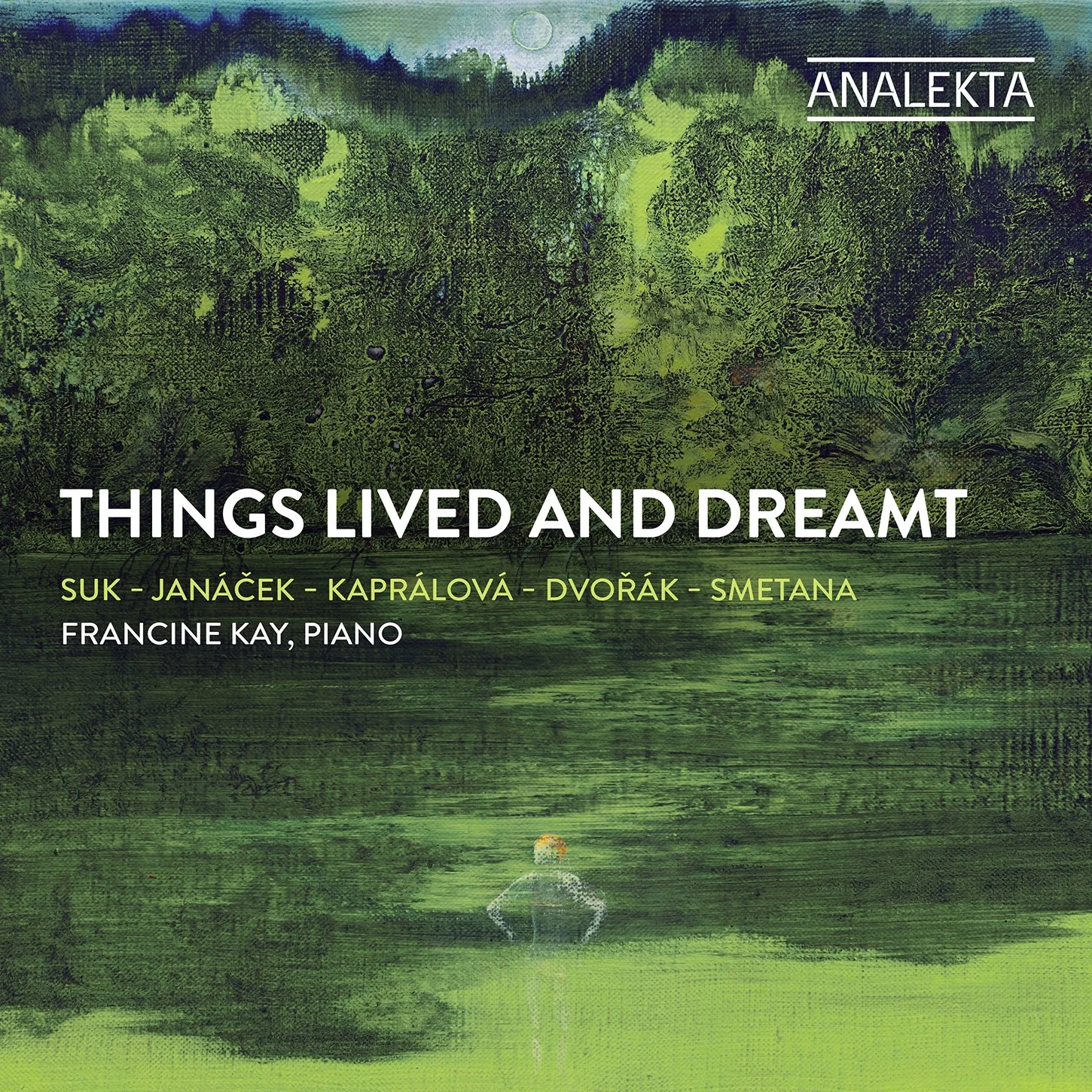Danish cellist Jakob Kullberg performed an interesting, at times moving, and thoroughly eclectic concert at National Sawdust in Brooklyn with pianist Jeremy Gill and clarinetist Chris Grymes on Feb. 2, 2020. The latest event in Grymes’ Open G series highlighted music by Nordic composers. Some of the pieces are closely associated with the cellist himself; all were U.S. or world premieres.
Kullberg proved in concert what he indicated in our recent interview: that he is always exploring and pushing boundaries, in both genre and technique.
“You do not understand, you are not from here,” he sang in the last of four “Country Songs for clarinet, cello, and piano” by Niels Rønsholdt. This world premiere of pared-down elements from an in-progress cello concerto epitomized both the genre-merging and experimental sides of Kullberg’s interests. Here and elsewhere he sang lines of poetry in a pleasant but untrained tenor, and with little affect. The idea is that adding untrained vocalizing to music played by trained instrumentalists can add a degree of expressivity.
That sometimes held true, but elsewhere the deliberately affectless singing created a sense of distance, with a hint of sadness but also a separation of the audience from the emotion produced by the abstract sounds of the instruments. “You are not from here” indeed. Nonetheless without a doubt it was, as the cellist surely intended, food for thought.
Kullberg demonstrated an unusual technique in several works: holding and playing the cello like a guitar, complete with finger picking and strumming. He showed his adeptness at this in the “Country Songs,” sounding a little like a Spanish guitar in the sweetly sad “Island,” and in other works too, including his own “Song: Lullaby for clarinet, cello, and piano.” There, his gentle picking and singing, Grymes’ airy clarinet, and Gill’s playing the inside of the piano combined to create a true “song” that sounded more heartfelt than experimental despite the unconventional techniques.
The richest music and most compelling performance from the trio, though, came in Bent Sørensen’s “Schattenlinie for clarinet, cello, and piano.” This mostly very quiet piece began by suggesting wind through trees, drops of water and ice, and moves through fascinating unexpected harmonies. A rhythmic dance with a sense of danger gave way in the third movement to ethereal harmonies, which then fall apart, the instruments crying out with swells and trills as if in pain. The musicians achieved a lovely melding of timbres in the fourth movement, and made the conflicting keys of the fifth both eerie and touching, searching for unity and at last, led by the piano, finding something like it.
Non-traditional techniques also drove a strong performance of Finnish composer Kaija Saariaho’s interesting “Im Traume for cello and piano.” Noisy clatter and pained gestures with occasional lapses into traditional harmony made it a dramatic listen and a theatrical event to watch, too. In a more interior way, Per Nørgard’s “Solo Sonata No. 3,” What! is the Word,” which opened the concert, told a soulful story as well. It gave Kullberg on his own a chance to unleash the richness and varied expressivity of his arco tone: icy, then deeply resonant, then luxuriating in long dissonant sighs.
All told, the program featured music by six Nordic composers, including Kullberg himself. These challenging works allowed the three fine musicians to focus on one cellist’s ongoing search for new ways to build on the past century’s musical traditions while forging his own path. Follow Jakob Kullberg’s touring and recording career on his website.





